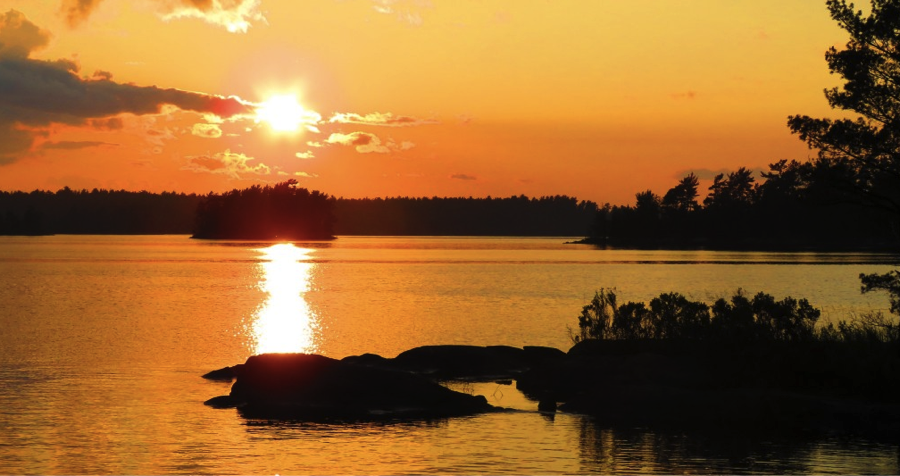
One of the most frequent comments we receive from visitors is that the scenery around Voyageurs National Park is more beautiful than they ever imagined. The region is one of Minnesota’s hidden gems, and it’s just waiting to be discovered by you. If you have an interest in ecology, Voyageurs has more fascinating plant and animal life than you could fit in a biology book. Get to know Mother Nature in one of Minnesota’s most serene landscapes. The area is a joy to explore –discover why so many living things call Rainy Lake home.
A Storied Landscape
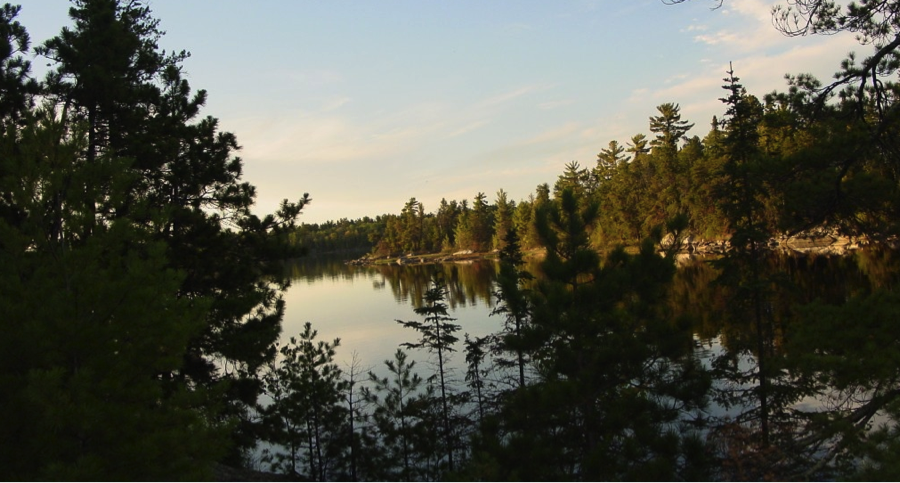
Rainy Lake has freshwater today, but the area was once home to an ocean full of erupting underwater volcanoes. Magma flowed down the edges of the mountainous ocean floor, and cooled over time to become the Vermillion batholith rocks visible today. These abrupt landscape changes occurred two billion years before the dinosaurs arrived, so there has been plenty of time for things to smooth out. Just over 10,00 years ago, glaciers carved through the rocky terrain to flatten the area. Once the glaciers receded, a thin layer of soil formed over the rocks and allowed plant life to thrive. In the years since the area’s more geologically active periods, the ecosystem has withstood fires, logging and climate change, and thrives today as a dynamic part of the state.
Abundant Animals
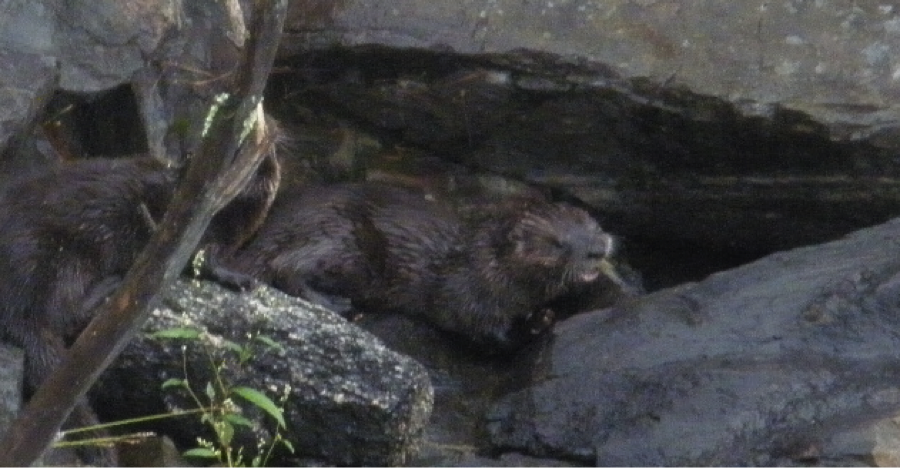
Voyageurs National Park’s wildlife makes it feel alive at all times. You’re not going to spot a moose while you’re driving through the city, but you could as you’re cruising along the lakeshore of Rainy Lake. A houseboat is your front row seat to see these towering creatures, along with many other animals. Hear the soothing call of loons in the distance as a bald eagle flies overhead. Admire a newly constructed beaver den as the residents pop up one by one to see who’s stopping by. As you’d expect in a Minnesota lake, there is a plentiful amount of fish gliding below the water’s surface. Smallmouth bass, walleye, northern and crappies lurk underneath boats, and anglers have no problem reeling them in. From the top to the bottom of the food chain, Rainy Lake has a wide variety of animals.
Lush Greenery
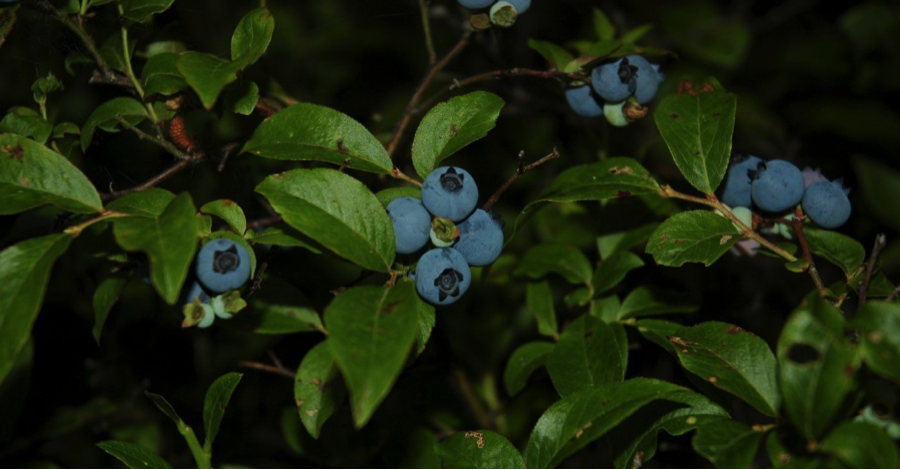
While not too many people have taken root around Rainy Lake, loads of plant life has. There is a dense mix of boreal and deciduous forests in Northern Minnesota that creates views you won’t believe. Towering red and white pines, aspens, firs and maples surround Rainy Lake visitors. Take a closer look and you might catch a glimpse of the area’s wildflowers – there are over 400 varieties of them. Violets and asters are just a couple of the colorful plants ready to catch your attention. Blueberries, raspberries and strawberries are also common sights throughout Voyageurs National Park. Trekking through the forest, you might notice the mushrooms growing near the forest floor, surrounded by thick roots and vibrant ferns. Greenery is everywhere around Rainy Lake, and the variety is sure to leave you impressed.
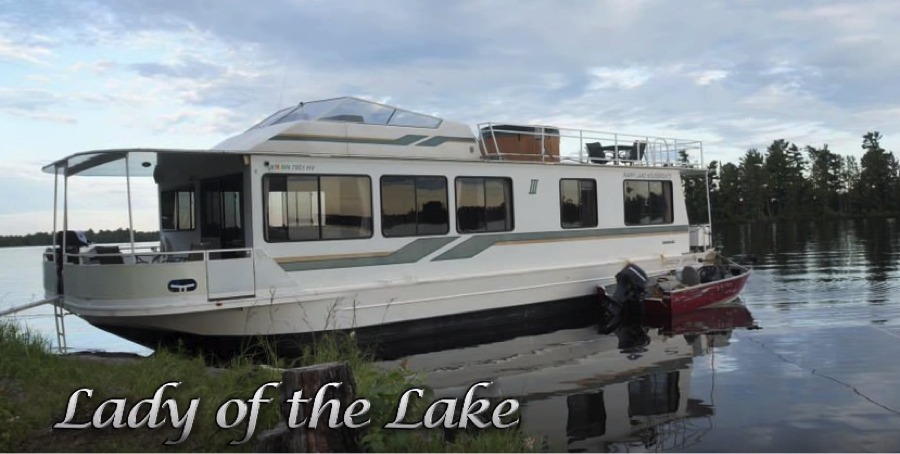
The plants, animals and terrain around Rainy Lake form an environment like no other. Our northern border is packed to the brim with jaw dropping vistas and friendly people ready to show you around. Ready to traverse the area yourself? Hop on board the Lady of the Lake to see Rainy Lake’s natural attractions from the comfort of a houseboat. After a day of exploration, you’ll retire to one of four impressive staterooms, where you’ll sleep like the ancient rocks that surround you. Call today to start your ecological journey later this summer!

